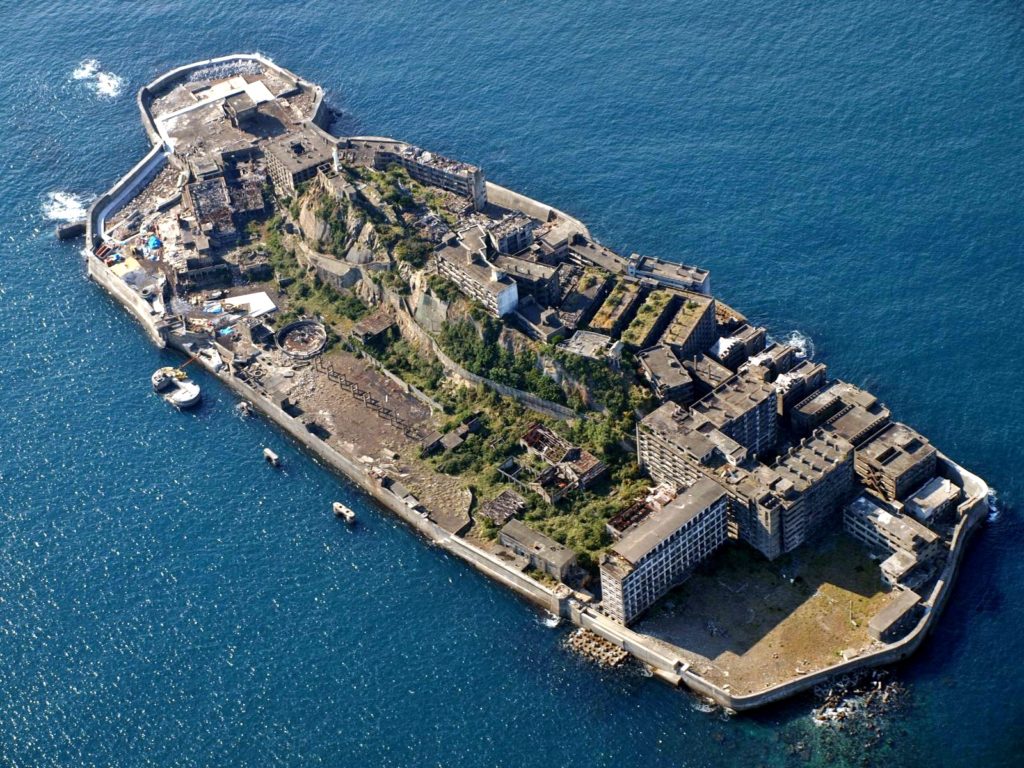Advertisements
There are many more than 20 abandoned places in Japan but, since the fun is in discovering them for yourself, we only cover 20 of them here.
In the West, the hobby of searching for and exploring abandoned places is generally called urbanex or urbex, meaning urban exploration though it need not be restricted to urban areas. In Japan, the word used for this is haikyo, which means ruin, which is probably more apt.
These haikyo include homes, schools, hospitals, hotels, amusement parks and even whole islands. Sometimes it is hard to see why these places are abandoned, as there seems no obvious reason. It sometimes even looks as though people just dropped what they were doing and left.
In no particular order, here are 20 of the most interesting.
20. Hashima (Battleship Island)

15 kilometres from the coasts of Nagasaki, there is an abandoned island called Hashima, or maybe you’ve heard about it as Gunkanjima. This 480 x 160 meters big island was once Japan’s coalmining center and also the most densely populated island on Earth. But now it’s empty.
The story of the island began in the 18th century. The residents of the nearby island, Takashima, were using coal in their households found on the surface of the island for centuries. The landowners of the area, the Fukahori family saw the opportunity and took the lead of the Takashima mine. The need for coal increased and increased so they were looking for coal in nearby islands. That’s when they found Hashima which became the only link between the western world and Japan for a very long time.
The island was bought by the Mitsubishi company which started as a sailing company, and they were mining a massive quantity of coal between 1887 and 1974. The life and work circumstances were horrible, and the weather was cruel on the island of Hashima. To protect citizens from hurricanes and typhoons, they built the first typhoon-safe concrete building of Japan in 1916. They’ve also built a wall around the island from concrete and the new silhouette of the island was reminding the locals of a japanese imperial warship. That’s why it got the name Gunkanjima, which means warship.
Advertisements




